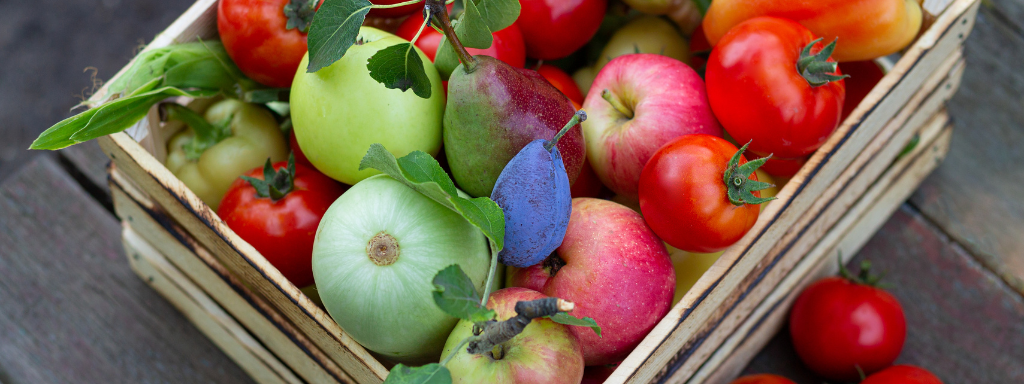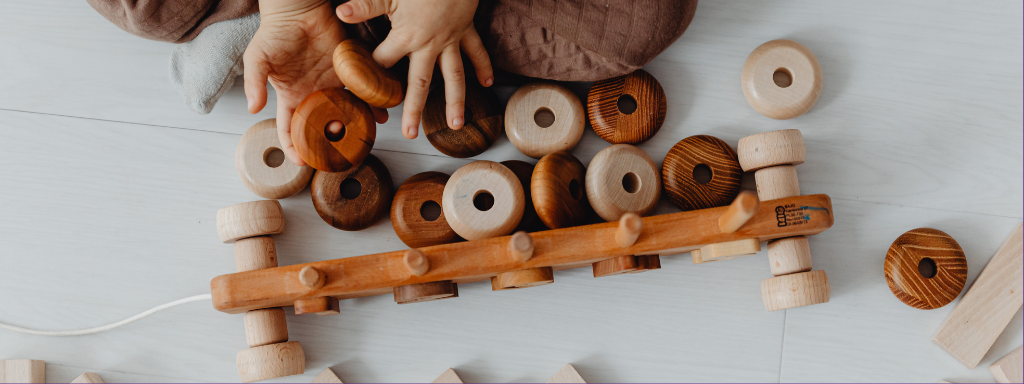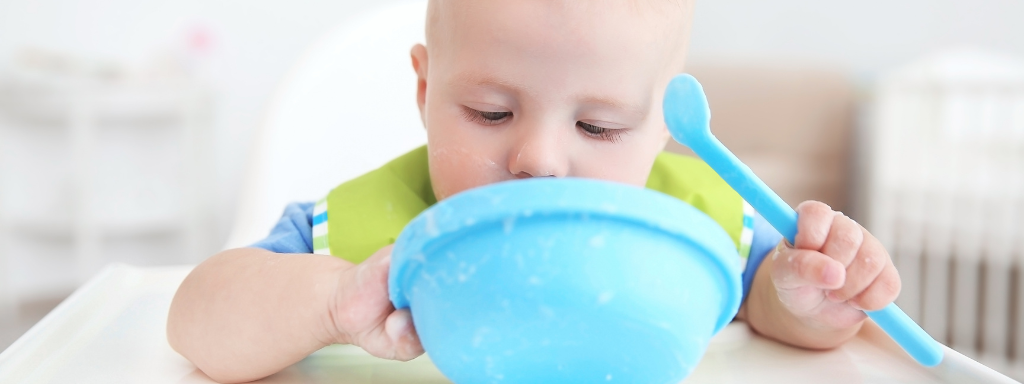Plastics are known for their durability and versatility! They are a huge feature in our everyday lives. But, as we know, plastic waste contaminates our oceans, harms wildlife, and can even find its way back into our food. Yuck! Plastics can release harmful chemicals such as phthalates and bisphenol A (BPA) that can be especially concerning if we have little ones in our care.
Here are some great ways that you can reduce your plastic consumption at home to help protect the environment and your family’s well being.
Practical Steps to a Plastic-Free Home
Start small with single-use plastics
Have a look at the single-use plastic items that you sometimes use, like disposable cutlery, plates, and wipes. Try reusable alternatives. Stainless steel or glass containers are great options, because they can be washed and reused. Instead of single-use wipes, why not try a multi-purpose cloth from Seep?
You can get 15% off the entire Seep range using this link. Offer ends 31st Dec 2023.
Ditch plastic packaging
Try buying fresh, unpackaged food where possible. Many shops will now offer alternatives to plastic packaging, such as paper or reusable cloth bags. Additionally, consider buying in bulk to reduce the amount of plastic packaging that enters your home.

Invest in reusable bags and containers
Make it a habit to carry reusable bags for shopping. Keep some in the car and tuck one into your little one’s nappy changing bag for any impromptu shopping trips. Invest in glass or stainless-steel containers for storing food. Not only will this reduce your reliance on plastic, but it will also help keep your kitchen organised!
Choose sustainable toys and baby products
When you’re shopping for toys and baby products for your little one, consider items made from natural materials, like wood. Avoid plastic toys that may contain harmful chemicals, and look for eco-friendly alternatives.

Plastic-free cleaning products
Many cleaning products come in plastic packaging or contain harsh chemicals. Instead you could try using eco-cleaning tools from brands like Seep. Tools like their sponge scourer will completely break down in your compost bin once you’ve finished using them.
Educate and involve your family
Make reducing plastic a family effort! Educate your older children about the environmental impact of plastic and encourage them to choose more sustainable options. If you have young children, help them to understand the plastic problem by dropping it into conversation. Instilling this issue in them from a young age can help them grow to understand it better in the future.
Reducing plastic in your home is not just about making a positive impact on the environment; it’s also about safeguarding the health of your family. Hopefully some of the above steps can help you create a home that is free from harmful plastics!



0 Comments